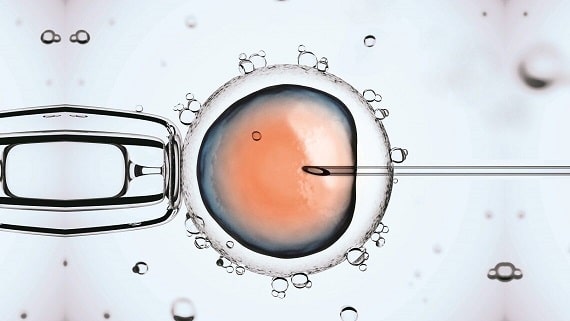
April 5, 2022
Intracytoplasmic sperm injection (ICSI) Lloyd|Dr Alvaro Ascenzo, Fertility in Lima, Intracytoplasmic sperm injection (ICSI), Peru
Intracytoplasmic sperm microinjection (ICSI). This modern procedure aims to achieve fertilization and optimize the chances of getting pregnant.
More and more couples are deciding on this technique since it has a high level of success and reliability.
What is intracytoplasmic sperm microinjection?
It is a procedure typical of in vitro fertilization, which consists of introducing, through a fine needle, a single sperm inside a mature egg.
The main difference between this procedure and conventional in vitro fertilization is that the latter requires between 50,000 and 100,000 sperm. However, in ICSI, only one sperm is needed per egg.
Whom is ideal for this treatment?
The main reason why intracytoplasmic sperm microinjection is performed is due to male infertility. This is usually related to various pathologies that affect sperm quality.
- Problems with normal fertilization despite having good seminal quality.
- For those who have infectious diseases transmitted in semen.
- When using frozen eggs, since freezing alters the eggs and makes it necessary for them to be fertilized by ICSI.
How is this procedure performed?
Firstly, our specialist must evaluate the couple to see if they are suitable for this procedure. Not all patients meet the necessary characteristics to undergo this treatment.

Our Specialist, Dr Ascenzo has many years fo experience and successful fertility treatments completed.
The second step is the ovarian stimulation of the woman. To do this, the patient must receive hormonal medication for the maturation of a high number of eggs in the same cycle.
Thirdly, Dr Ascenzo performs a small intervention that consists of aspirating the liquid content of the ovarian follicles, where the ovules are. This intervention is quick, simple and is performed under mild anesthesia.
The fourth step consists of decumulating the ovules, that is, removing the cells that may be around them. Likewise, the sperm obtained for fertilization is obtained and prepared.
Finally, a sperm is chosen and aspirated with the microinjection needle. This is introduced inside the ovum, waiting for fertilization to occur.
Once the intracytoplasmic sperm microinjection is performed, the egg is placed in a special type of incubator. From there it will be monitored and controlled to ensure fertilization.
What are the possible risks of intracytoplasmic sperm injection?
The possible risks that may arise are:
- Ovarian hyperstimulation syndrome.
- Multiple pregnancies.
- Abortion
- Ectopic pregnancy
Contact Us
Are you interested in intracytoplasmic sperm microinjection, please Contact us. We are also on WhatsApp which is safe, fast, and easy.



Comments
Sorry no comment yet.